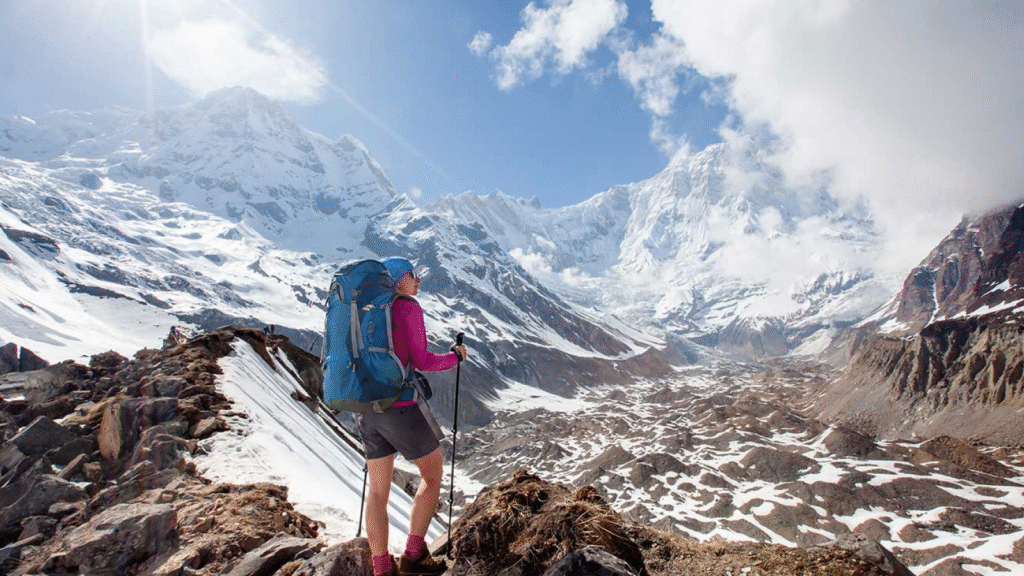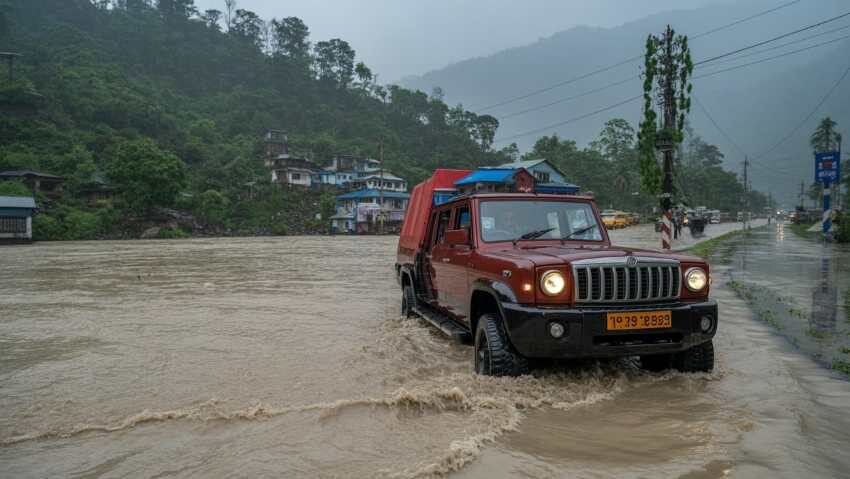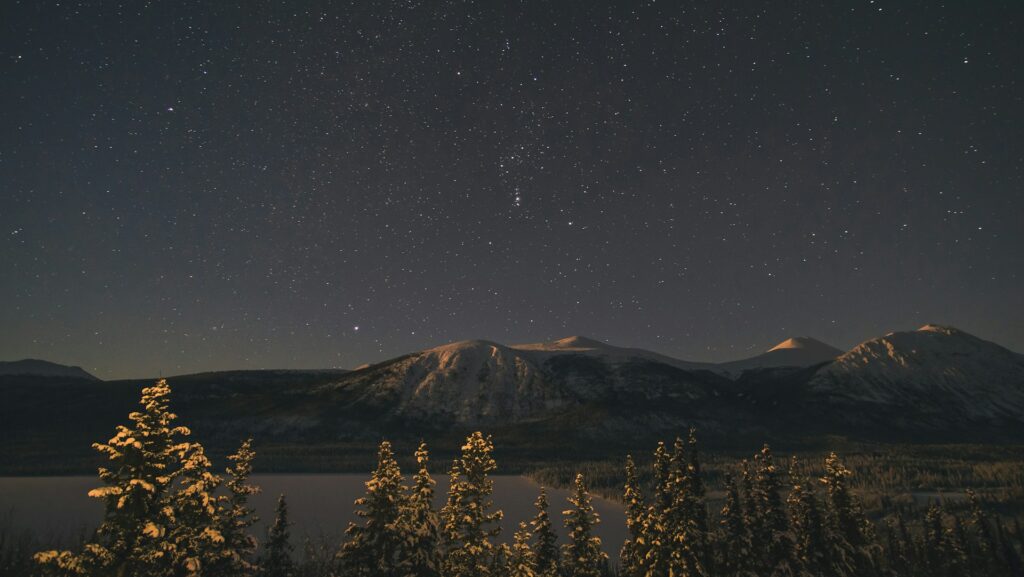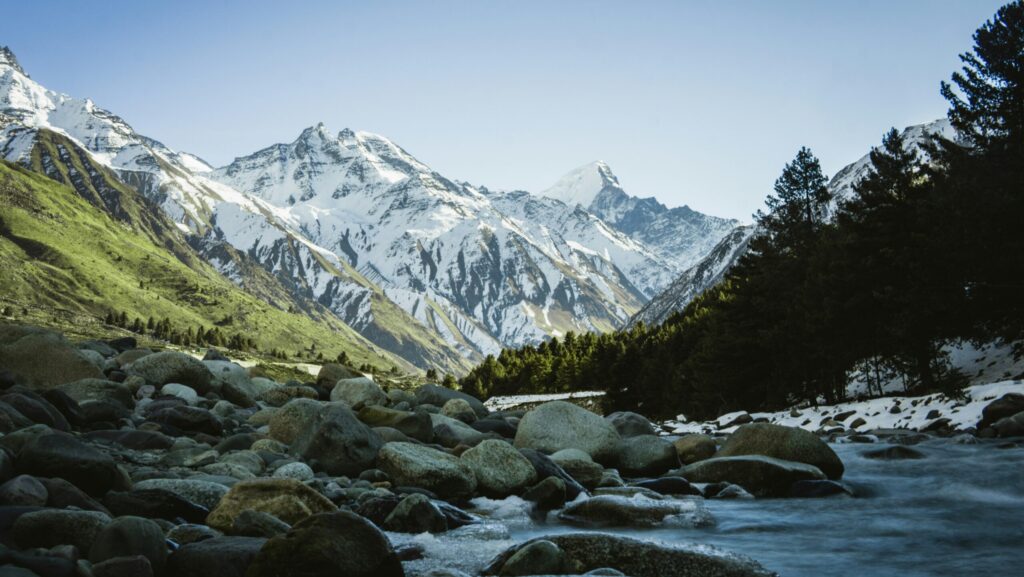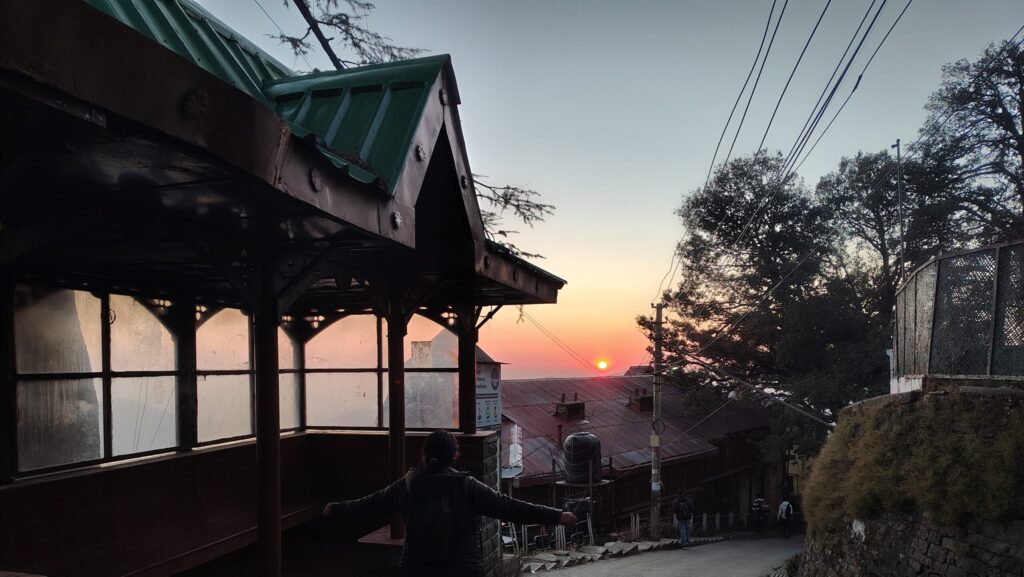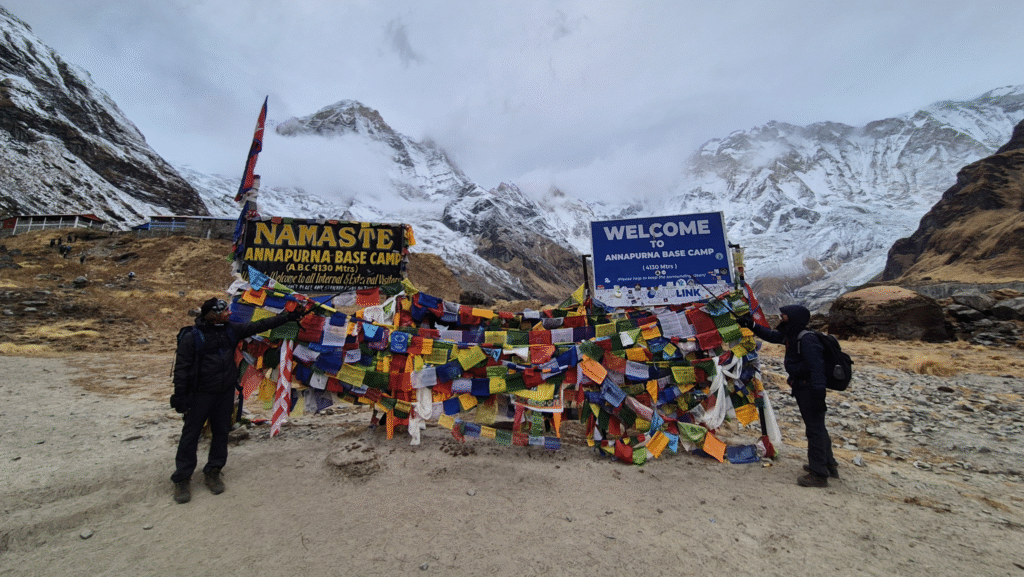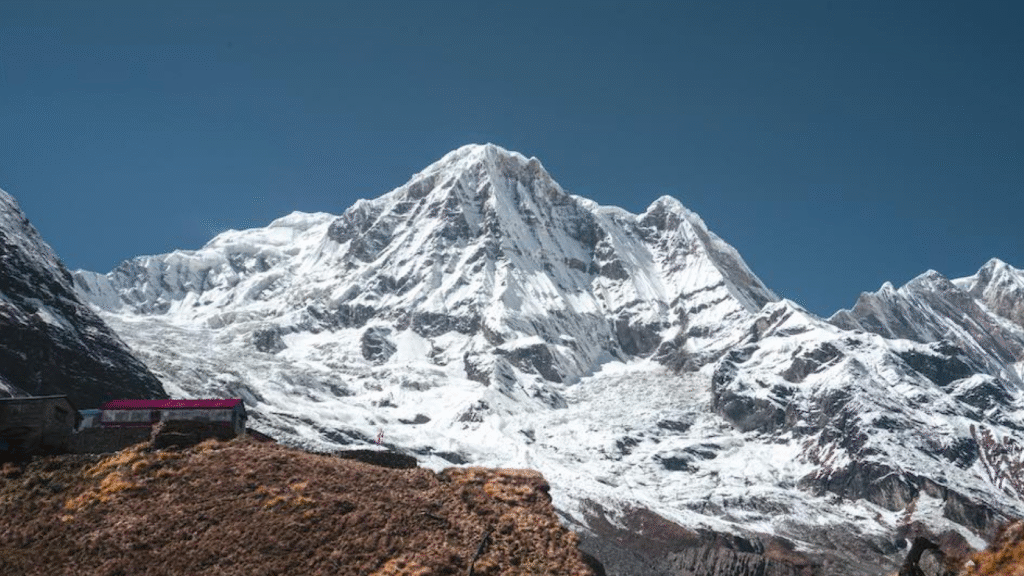
Can You Trek Annapurna Base Camp (ABC) If You Have Asthma?
A practical health & safety guide from Trekoroma
Short answer: yes—many people with well-controlled asthma successfully hike to Annapurna Base Camp (ABC, ~4,130 m). The keys are good control before you go, a conservative acclimatization plan, and a simple on-trail routine that protects your lungs and keeps altitude illness at bay. (Wikipedia)
Why ABC is different on your lungs
- Cold, dry air + sustained exertion can trigger exercise-induced bronchoconstriction (EIB) in people with asthma. Covering your nose and mouth in the cold helps warm and humidify inhaled air. (Hopkins Medicine)
- Altitude itself reduces oxygen availability; above ~3,000 m the risk of acute mountain sickness (AMS) rises for everyone, regardless of fitness. Slow ascent and rest days are your best protection. (CDC)
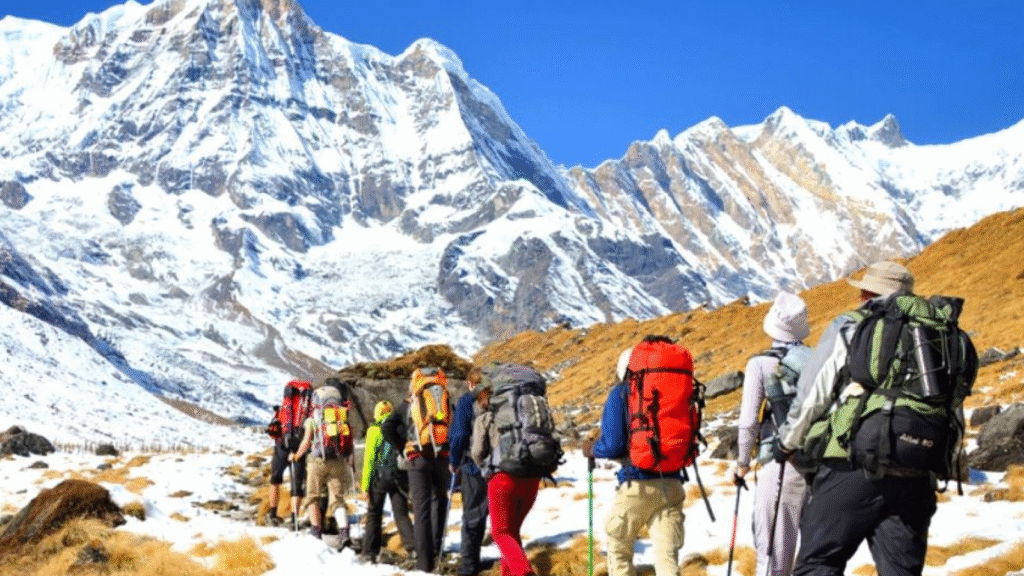
Pre-trip: a 3-week checklist for asthmatic trekkers 3–4 weeks out
- Get medical clearance and confirm your current asthma control (symptoms ≤2×/week, no night waking, minimal reliever use). Bring a written asthma action plan.
- Discuss EIB prevention: most guidelines recommend a short-acting beta-agonist (SABA) 5– 20 min before sustained exertion if you’re prone to EIB; if you use an anti-inflammatory reliever (e.g., ICS-formoterol), ask your clinician how to adapt this for trekking. (PMC)
- Talk altitude strategy: if your itinerary involves quick gains, clinicians often consider acetazolamide prophylaxis to speed acclimatization. Typical adult prevention dose: 125 mg twice daily, starting the day before ascent and continuing for 2–3 days after reaching your highest sleeping altitude (medical advice is personal—confirm for you). (CDC)
- Insurance: ensure coverage for high-altitude trekking and helicopter evacuation in Nepal. 1–2 weeks out
- Condition smart: back-to-back hiking days with a pack; practice nasal breathing on climbs and layering to avoid “over-breathing” cold air.
- Pack duplicates of all meds:
1. 2X reliever inhalers (labelled; one lives in your jacket)
2. Controller inhaler(s) for the whole trip
3. Spacer (works better than a nebulizer on trail)
4. Peak-flow meter (optional) + your personal best value
5. Any altitude meds your clinician prescribed (e.g., acetazolamide; discuss if dexamethasone should be carried for emergency use) (CDC)
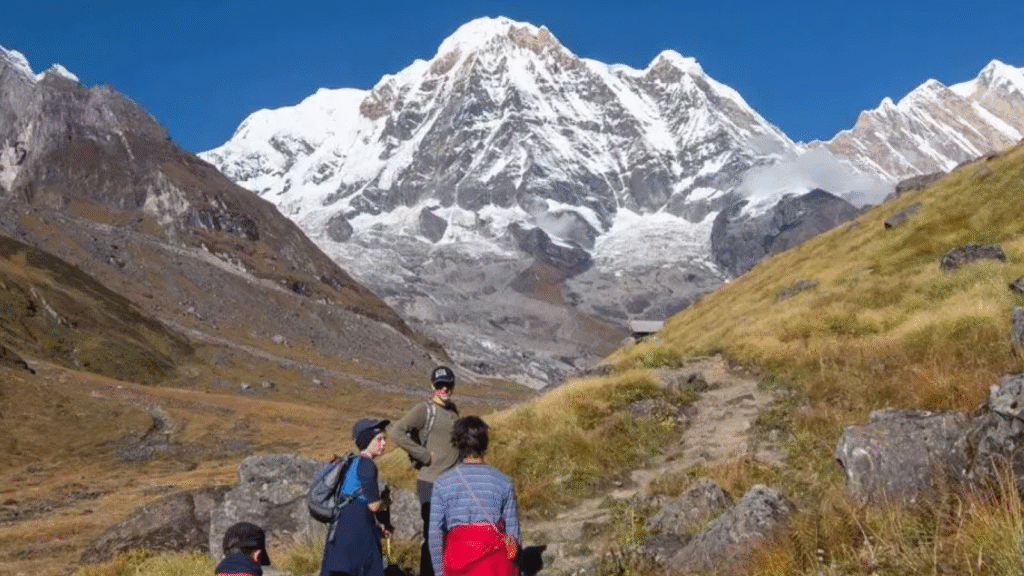
On-trail: the ABC “lung-smart” routine
1) Ascend conservatively
From ~3,000 m, keep sleeping-altitude gains ≤500 m/day and add an extra acclimatization night for every 1,000 m gained. This pacing drastically reduces AMS risk. (CDC)
2) Warm & humidify the air you breathe
In cold/windy sections and early mornings, wear a buff/scarf over nose & mouth; it meaningfully reduces EIB triggers. Warm up gently for 10–15 minutes before big climbs. (Hopkins Medicine)
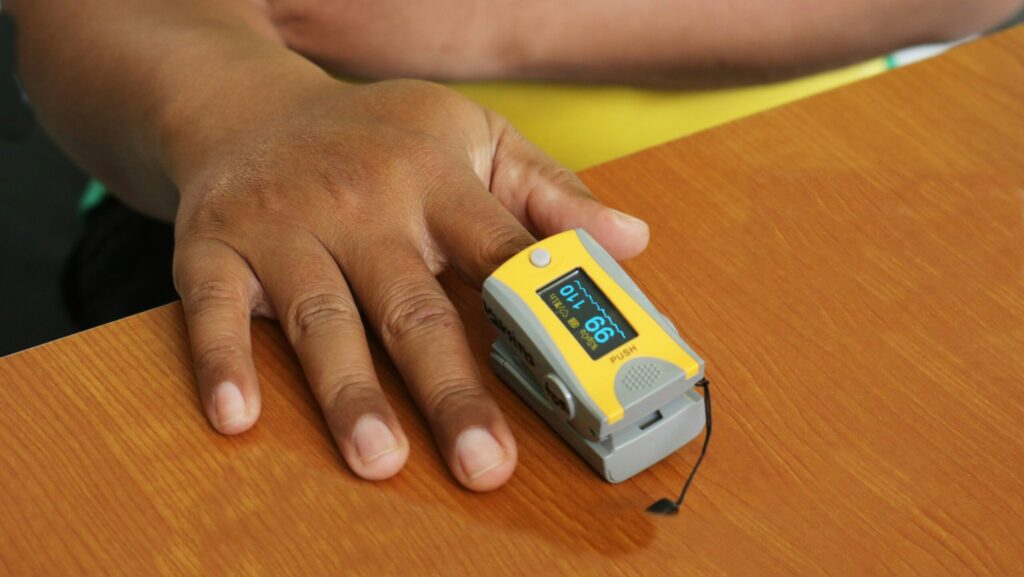
3) Use medications proactively
- If you’re EIB-prone, pre-treat with SABA 5–20 min before long uphills; keep your reliever within reach (outer pocket). Don’t change controller doses on your own; follow your action plan. (PMC)
4) Monitor how you feel (more than the numbers)
- A fingertip pulse oximeter can be handy, but symptoms + ascent history diagnose altitude illness—not the oxygen number alone. If headache, nausea, dizziness, unusual fatigue develop after ascent, that’s likely AMS. Stop gaining altitude; rest, hydrate, and treat. If symptoms worsen or don’t improve, descend ~300 m. Small retail oxygen cans aren’t enough for treatment. (CDC)
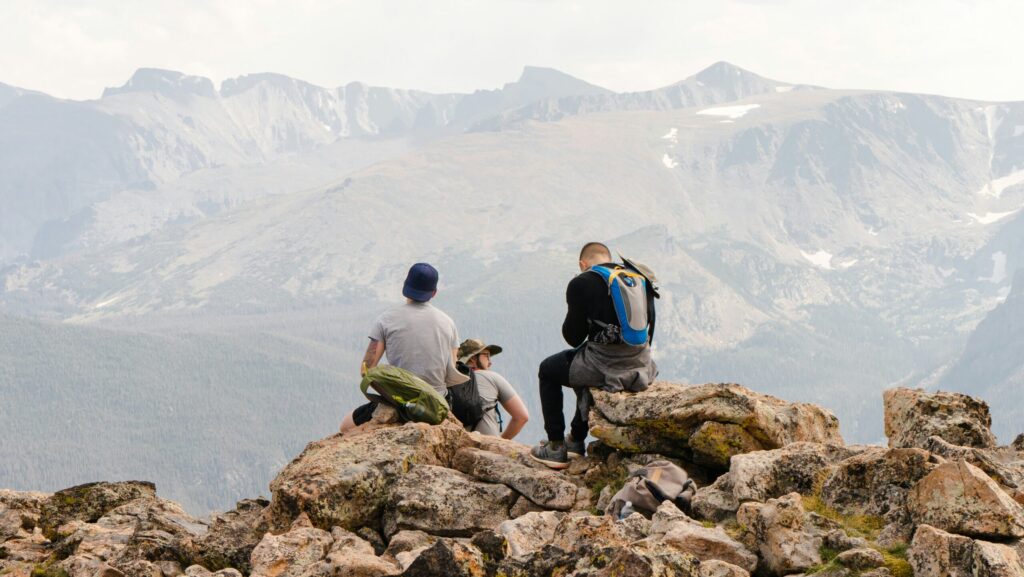
5) Know the red flags—descend now
- Breathlessness at rest, persistent cough, wheezing not relieved by your inhaler, cyanosis, confusion, or ataxia (staggering) = possible HAPE/HACE. Immediate descent and medical help are lifesaving. (CDC)
Sample acclimatization sketch for ABC (asthma-friendly)
- Plan to reach MBC (~3,700 m) one day and ABC (~4,130 m) the next, with a built-in buffer day to rest if needed. Avoid racing from Chhomrong directly to very high sleeps. (Wikipedia)
Packing essentials (health & safety)
Asthma & altitude kit
- 2× reliever inhalers + spacer; controller inhaler(s) for full trip
- Prescribed altitude meds (e.g., acetazolamide) + antiemetic & simple analgesic
- Buff/neck gaiter, lightweight face mask; lip balm; nasal saline
- Personal action plan + emergency contacts; travel/evac insurance proof•
Optional: compact pulse oximeter; peak-flow meter (with your baseline) (CDC)
General mountain safety
- Water safety: purifier or chlorine dioxide tabs; bottle you’ll actually use
- Sun & cold: high-SPF sunscreen, UV sunglasses, layered clothing, warm gloves
- Footing: microspikes in shoulder seasons; trek poles for long descents
- Comms: local SIM + offline maps; consider a satellite messenger in remote valleys
Frequently Asked Questions
Will altitude make my asthma worse?
Not necessarily. The main trigger is cold, dry, exertional breathing—not altitude alone. With face covering, pacing, and pre-treatment when needed, many asthmatics do well at ABC. Your individual control matters most. (Hopkins Medicine)
If I take acetazolamide “just in case”?
Only after you and your clinician decide it fits your health profile and itinerary. It speeds acclimatization and reduces AMS risk when rapid ascent can’t be avoided. Typical adult prevention dosing is 125 mg twice daily (start the day before significant ascent). (CDC)
Are those small oxygen spray cans useful?
They’re too small for treatment. For AMS that isn’t improving—or any HAPE/HACE signs—descend and seek real medical care. They’re too small for treatment. For AMS that isn’t improving—or any HAPE/HACE signs—descend and seek real medical care. (CDC)
Bottom line (Trekoroma stance)
If your asthma is well controlled, and you:
- Ascend gradually,
- Protect your airways from cold/dry air,
- Use meds proactively (with a plan agreed with your clinician), and
- Respect symptoms (halt ascent early; descend when needed),
…then ABC is a realistic and rewarding objective. Our guides are trained to pace days conservatively, build buffer days, and help you make good decisions on the trail.
Medical disclaimer: This article is general information for adult trekkers and isn’t a substitute for personal medical advice. Always seek guidance from your clinician—especially if you have moderate– severe asthma, recent exacerbations, or other lung/heart conditions.
Sources & further reading
CDC Yellow Book 2026 — High-Altitude Travel & Altitude Illness (updated Apr 23, 2025): ascent rates, AMS/HAPE/HACE recognition, acetazolamide dosing, oximetry notes, treatment and descent guidance. (CDC)
- American Thoracic Society guideline on exercise-induced bronchoconstriction: SABA 5–20 min before exercise for EIB. (PMC)
- Johns Hopkins Medicine — Asthma & Exercise: cold-weather scarf/face covering to warm inhaled air. (Hopkins Medicine)
- Annapurna Sanctuary (ABC area) elevation reference (~4,130 m). (Wikipedia)

